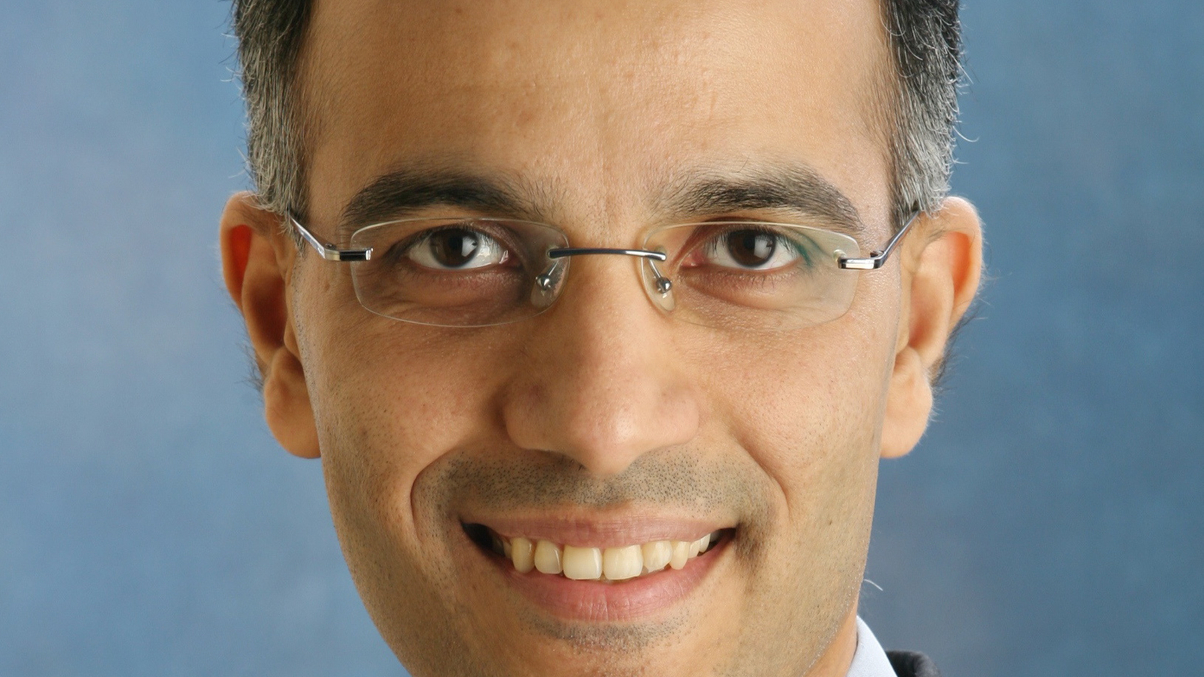Euro clarity on horizon, will aid Asian equities: Pru
Ashish Goyal, CIO at Prudential Asset Management, says the market will soon have enough information about the eurozone to get on with looking at Asian company fundamentals.

Ashish Goyal, CIO for Asia and emerging-market equities at Prudential Asset Management in Singapore, believes that investors will soon have enough information about the fate of the euro to return to looking at company fundamentals. That should bode well for Asian stocks, he argues.
Sign in to read on!
Registered users get 2 free articles in 30 days.
Subscribers have full unlimited access to AsianInvestor
Not signed up? New users get 2 free articles per month, plus a 7-day unlimited free trial.
¬ Haymarket Media Limited. All rights reserved.


